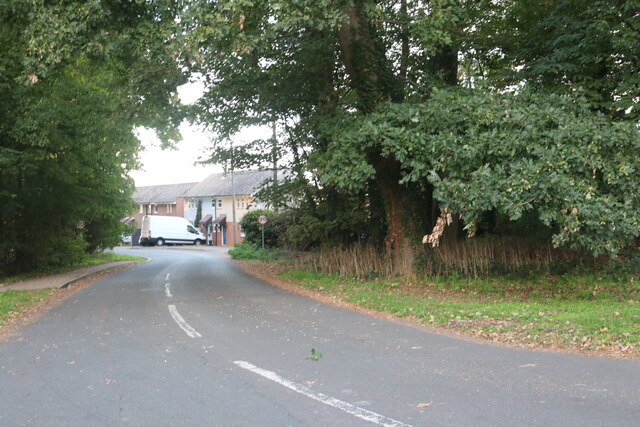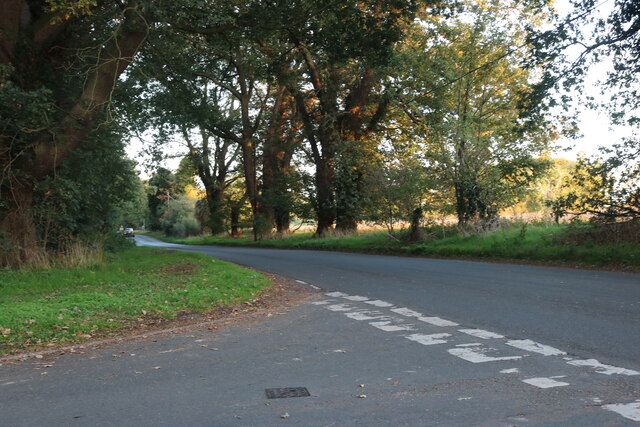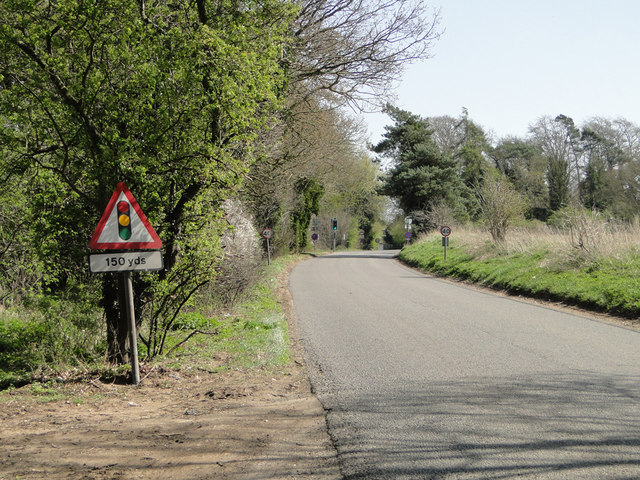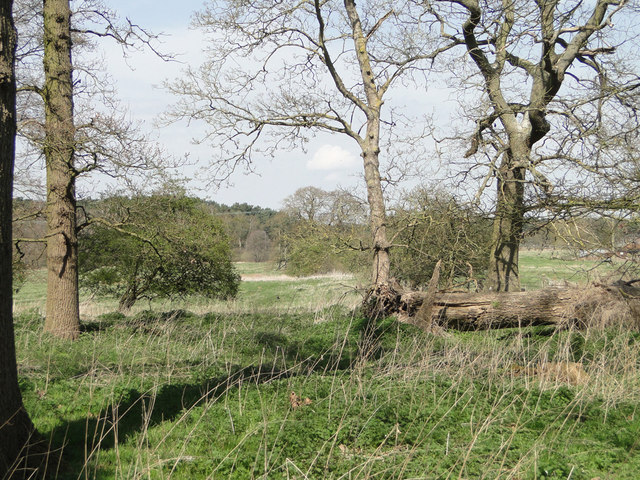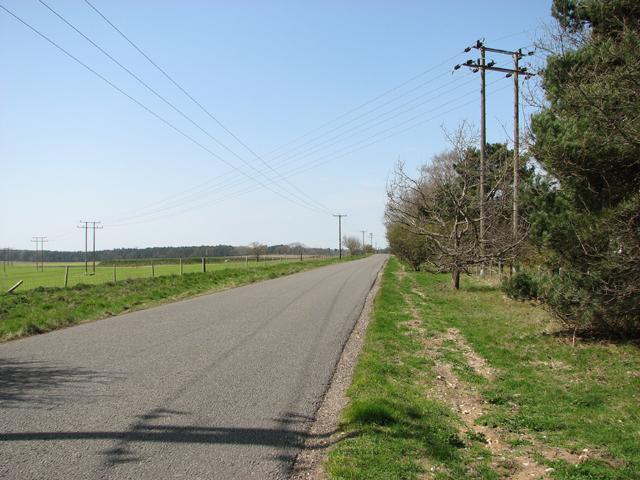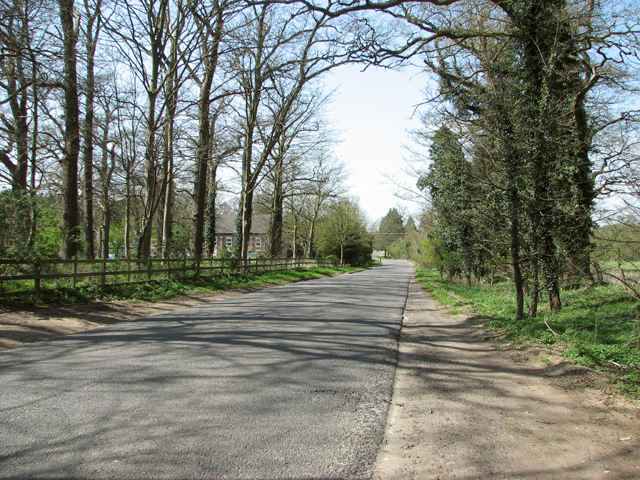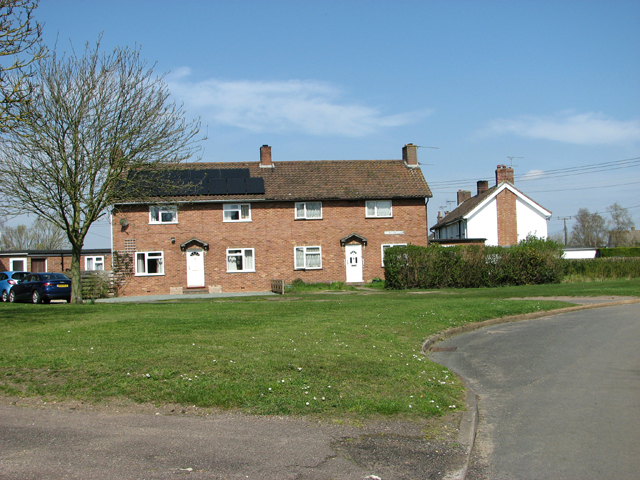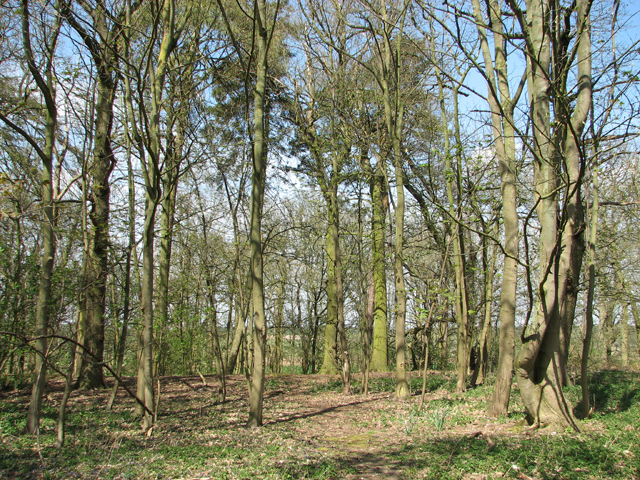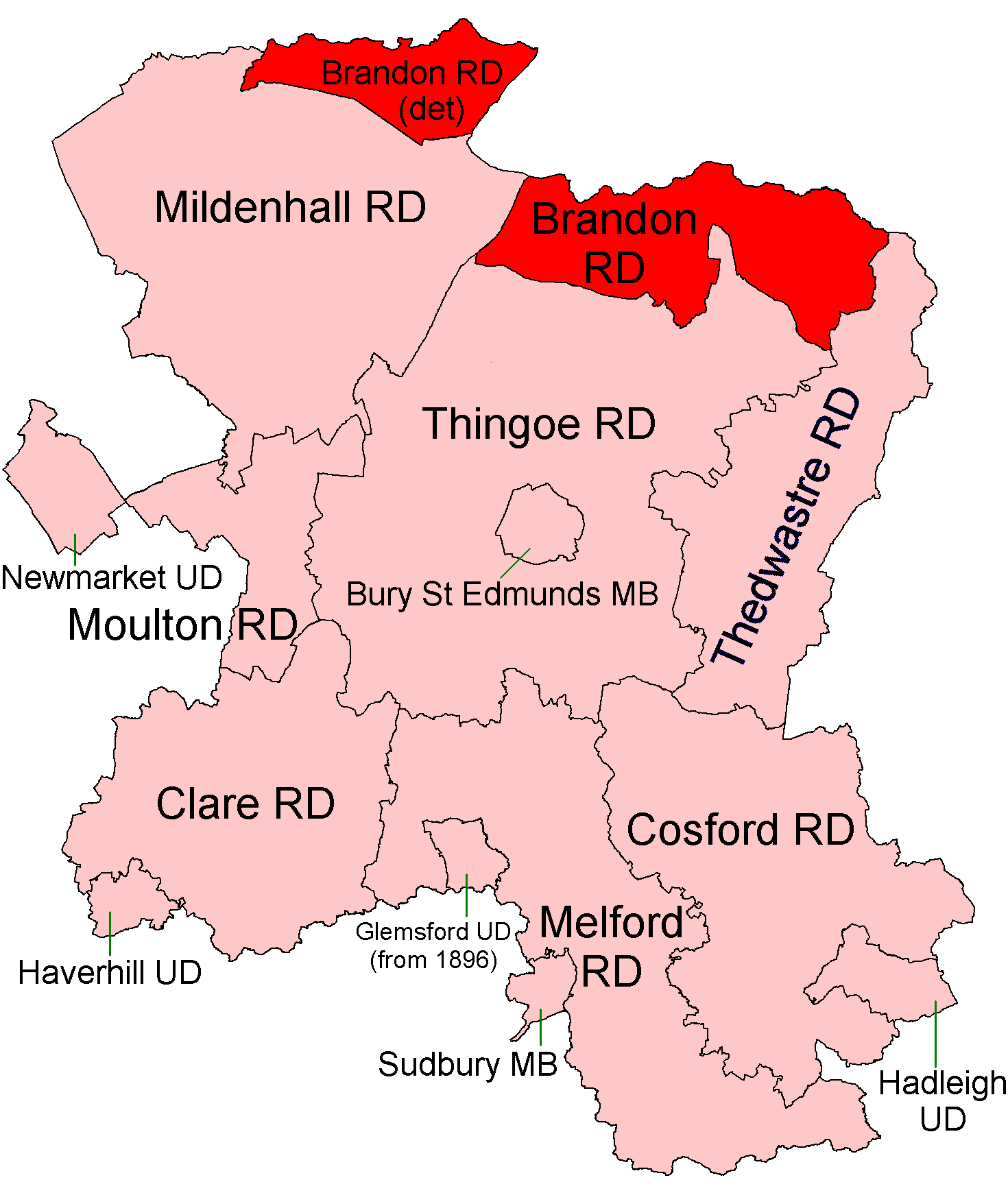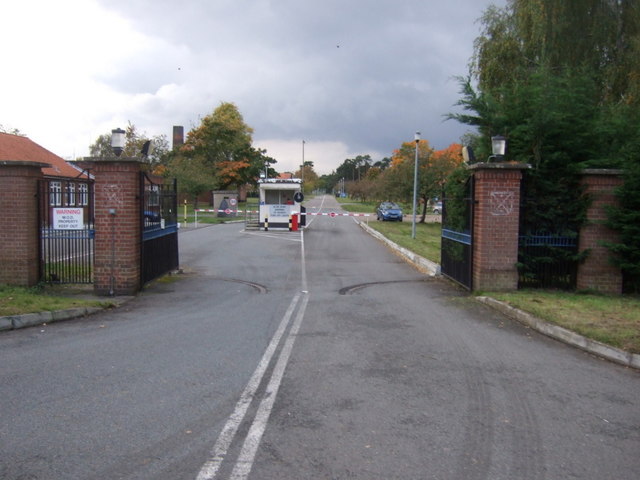Barnham
Settlement in Suffolk West Suffolk
England
Barnham
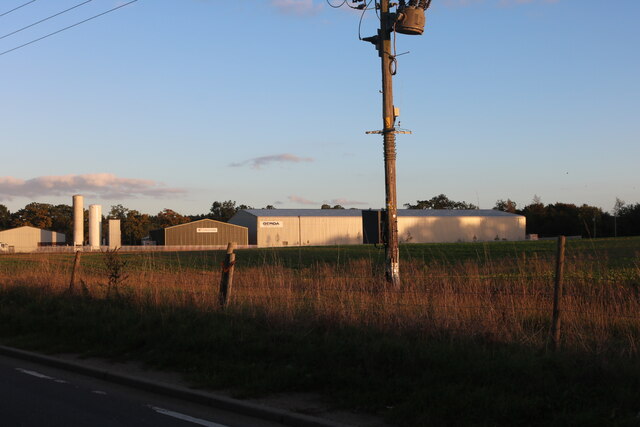
Barnham is a quaint village located in the county of Suffolk, in the eastern part of England. Situated approximately 12 miles northeast of Bury St Edmunds, Barnham is a peaceful and picturesque settlement surrounded by beautiful countryside.
With a population of around 200 residents, Barnham exudes a strong sense of community and offers a tranquil escape from the bustle of larger towns and cities. The village is known for its stunning rural landscapes, characterized by rolling hills, charming meadows, and ancient woodlands.
Historically, Barnham is rich in heritage, with evidence of human settlement dating back to the Roman era. The village is home to several notable landmarks, including the Church of St. Gregory, a Grade I listed building that dates back to the 12th century.
Despite its small size, Barnham benefits from a range of amenities for its residents. These include a village hall, a primary school, and a local pub that serves as a social hub for the community. Additionally, the village is well-connected to neighboring towns and cities via a network of roads, making it easily accessible for both residents and visitors.
In terms of recreational activities, Barnham offers ample opportunities for outdoor pursuits. The surrounding countryside provides excellent options for walking, cycling, and horse riding, allowing residents to fully immerse themselves in the natural beauty of their surroundings.
Overall, Barnham is a delightful village that offers a tranquil and idyllic lifestyle, making it a desirable place to live or visit for those seeking a peaceful retreat in the heart of Suffolk.
If you have any feedback on the listing, please let us know in the comments section below.
Barnham Images
Images are sourced within 2km of 52.378571/0.74719947 or Grid Reference TL8779. Thanks to Geograph Open Source API. All images are credited.
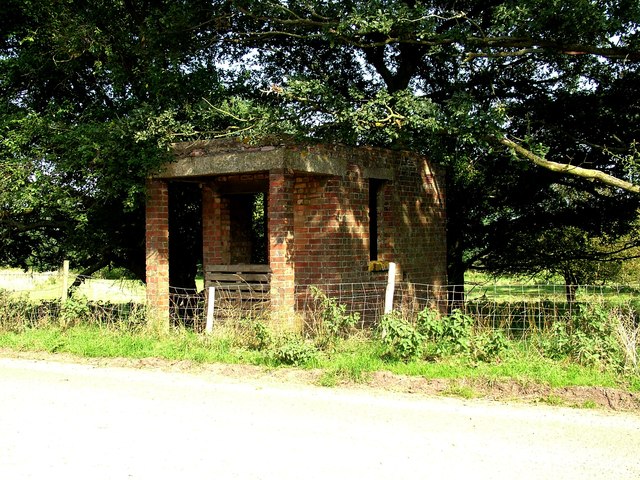
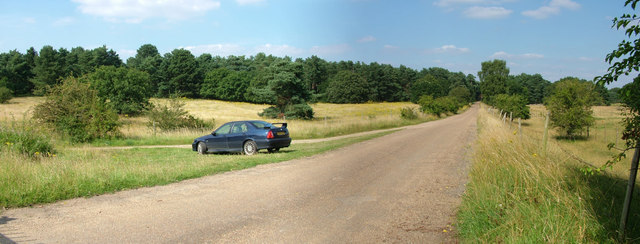
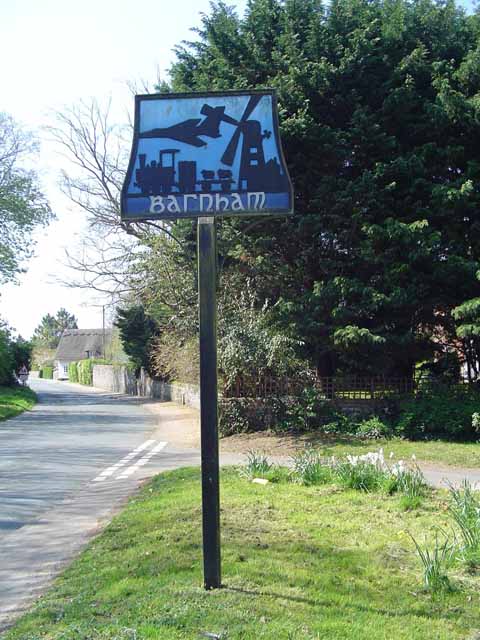
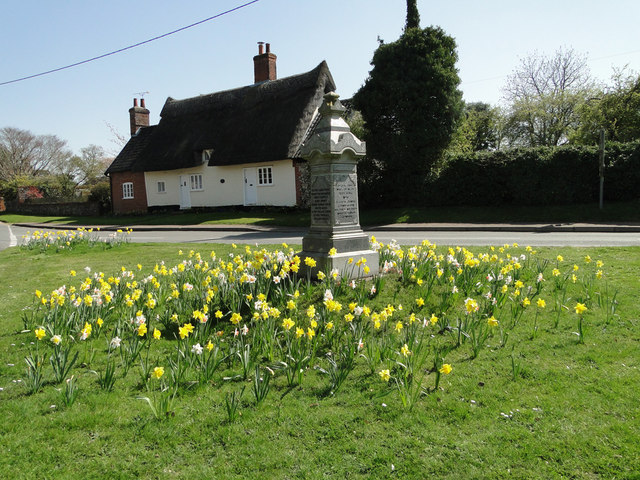
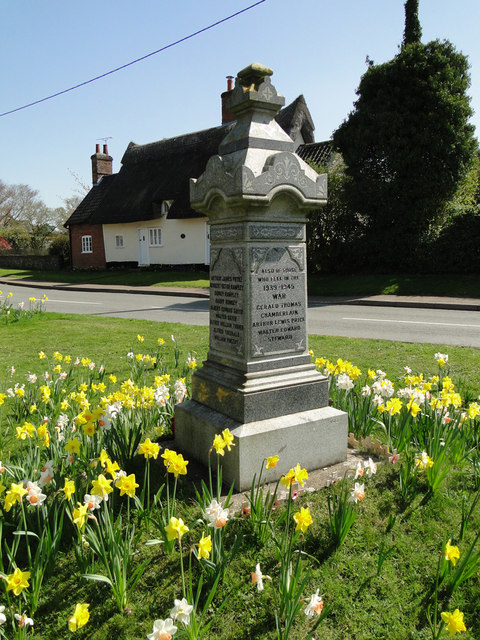
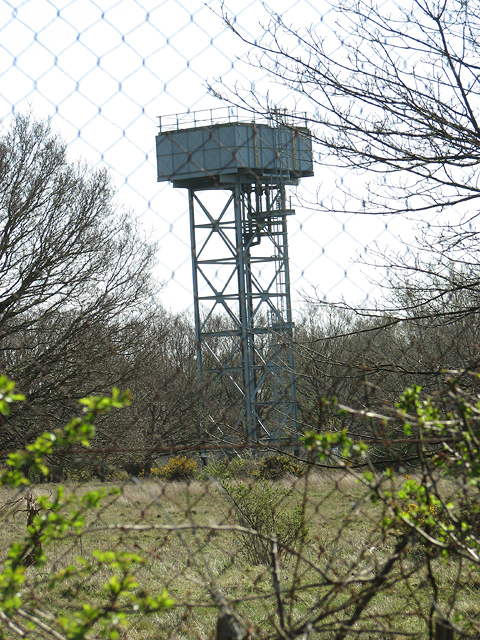
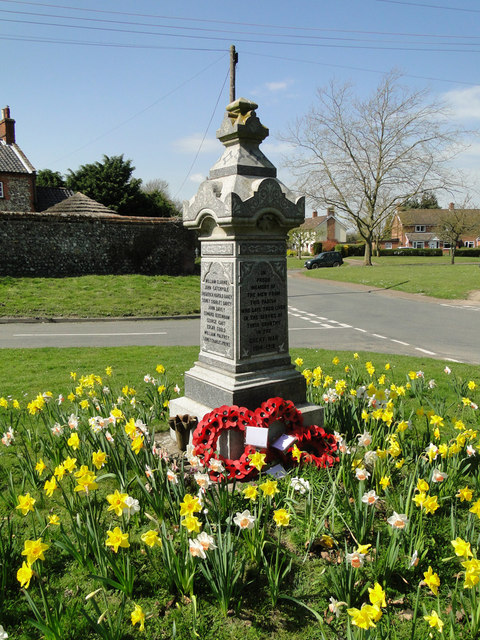

Barnham is located at Grid Ref: TL8779 (Lat: 52.378571, Lng: 0.74719947)
Administrative County: Suffolk
District: West Suffolk
Police Authority: Suffolk
What 3 Words
///procures.piled.maddening. Near Thetford, Norfolk
Nearby Locations
Related Wikis
Barnham, Suffolk
Barnham is a village and civil parish in the West Suffolk district of the English county of Suffolk about 3 miles (4.8 km) south of Thetford and 9 miles...
Barnham Windmill, Suffolk
Barnham Mill is a tower mill at Barnham, Suffolk, England which has been converted to residential accommodation. == History == Barnham Mill was built for...
Brandon Rural District
Brandon was a rural district in Suffolk, England from 1894 to 1935. The district was created in 1894 as the Suffolk part of the Thetford rural sanitary...
Barnham railway station (Suffolk)
Barnham railway station is a former station in Barnham, Suffolk on a now closed line between Thetford and Bury St Edmunds. It was located close to the...
Barnham Heath
Barnham Heath is a 78.6-hectare (194-acre) biological Site of Special Scientific Interest near Barnham, a village south of Thetford in Suffolk. It is a...
RAF Barnham
RAF Barnham (also called Barnham Camp) is a Royal Air Force station situated in the English county of Suffolk 2 miles (3.2 km) south of the Norfolk town...
Little Heath, Barnham
Little Heath, Barnham lies south-west of Barnham, Suffolk. Much of the area is now a Site of Special Scientific Interest, which almost surrounds the former...
Barnham Cross Common
Barnham Cross Common is a 69.1-hectare (171-acre) biological Site of Special Scientific Interest on the southern outskirts of Thetford in Norfolk. It is...
Related Videos
journey towards nunnery lake Thetford #uk #foryou #england #thetford #adventure #vikingshistory #new
a short morning adventure trip to nunnery lake to capture some wildlife creatures at Thetford a country side of England . a very ...
Nunnery Lake | Thetford | Frosty Morning | Sunrise 4K
THETFORD#NORFOLK#FROSTY#DRONE#NUNNERY#LAKE#2022#SUNRISE Hello everyone today beautiful morning over ...
Nearby Amenities
Located within 500m of 52.378571,0.74719947Have you been to Barnham?
Leave your review of Barnham below (or comments, questions and feedback).
